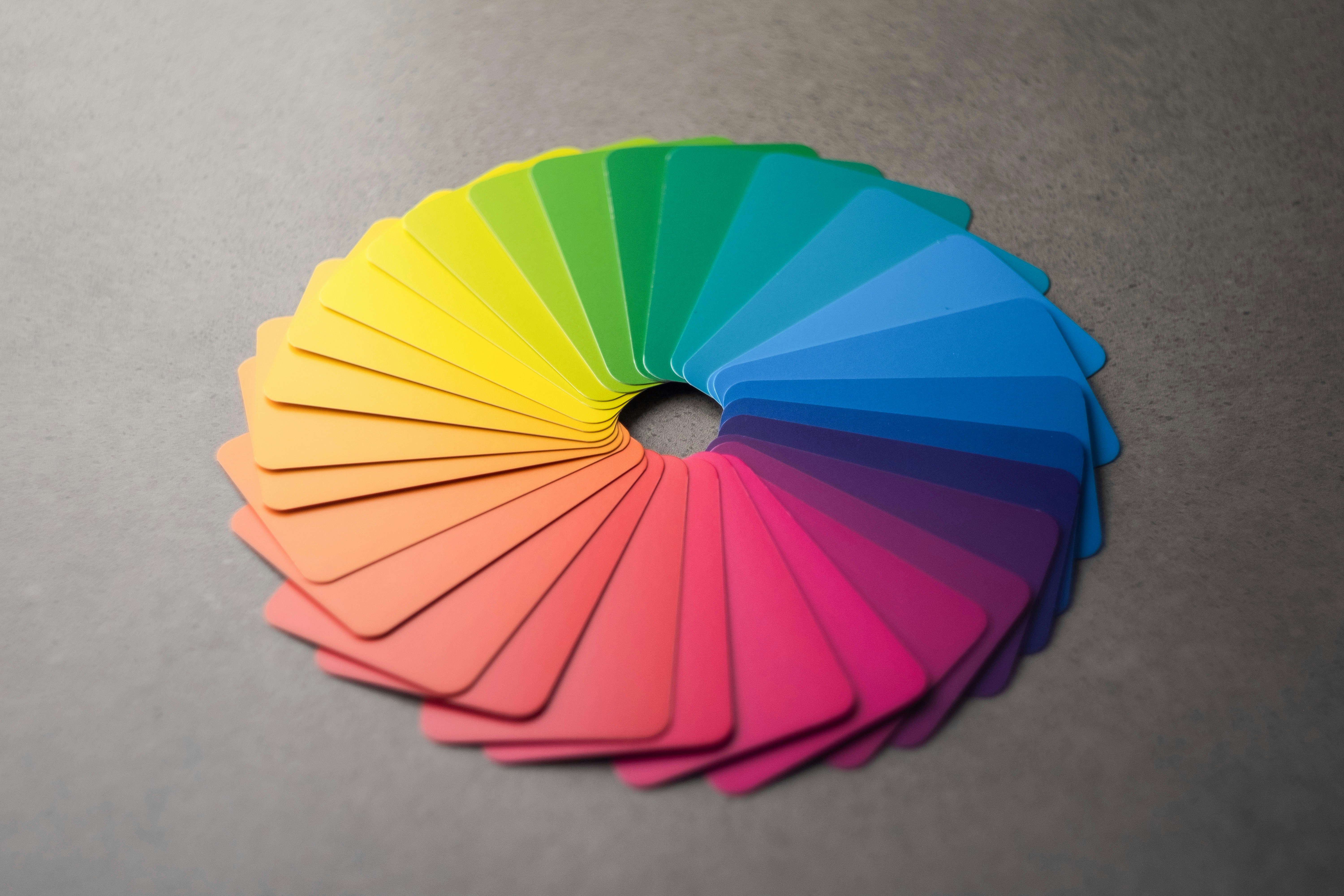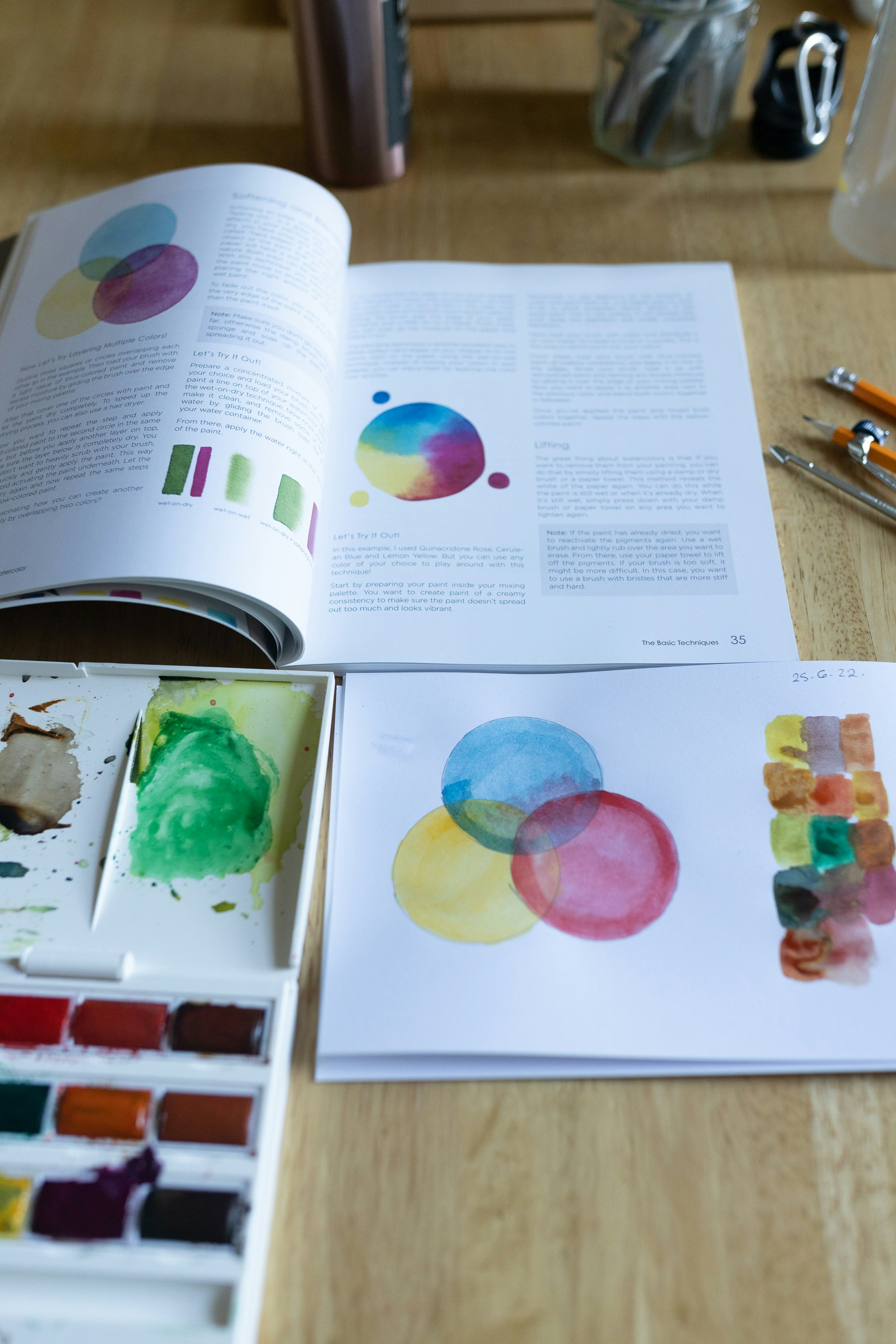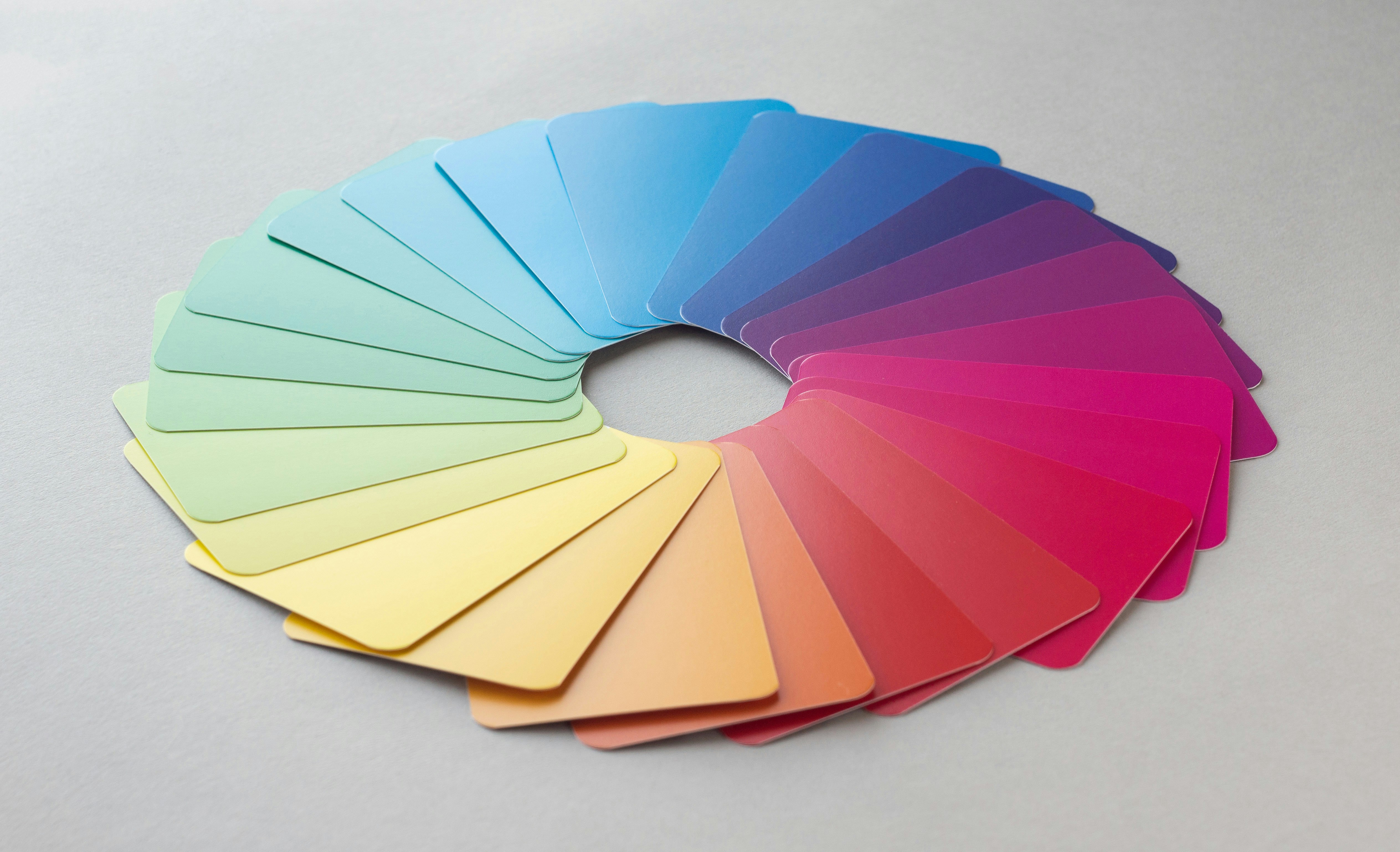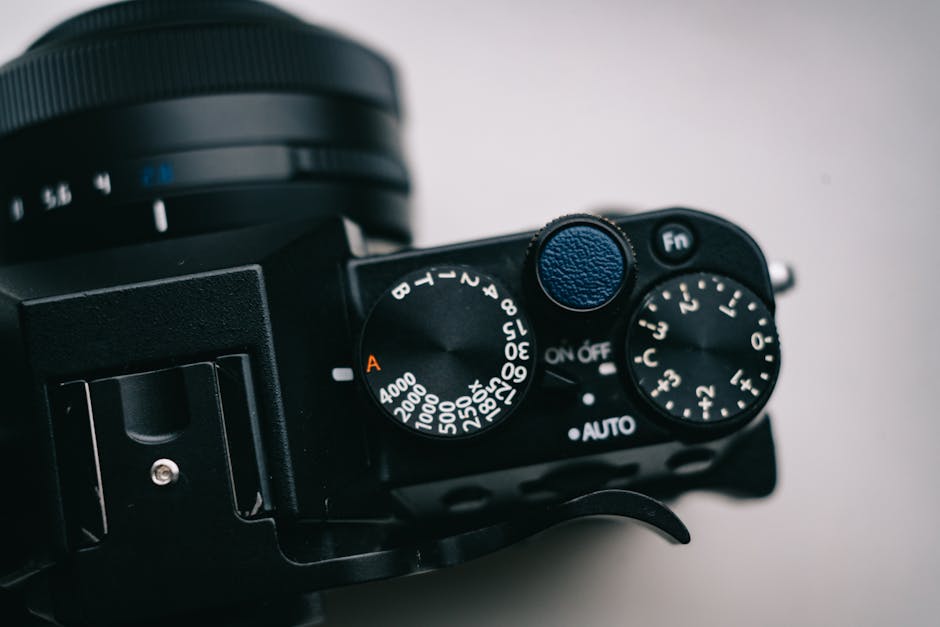Elevate Your Photography: Master the Psychology of Color & Gear
In the world of photography, every click of the shutter is not just an image captured; it’s a narrative woven from light, emotion, and color. The ability to effectively employ color can significantly enhance the emotional resonance of your photos and refine your storytelling. But what does the psychology of color mean for photographers? How does it influence the gear we choose? In this article, we’ll delve into the tumultuous pair between color and gear in photography, revealing how to select equipment that enhances your visual storytelling.
Understanding Color Psychology and Its Impact on Photography
Color psychology is the study of how colors affect our emotions and behaviors. In photography, the choice of colors can evoke feelings ranging from joy and warmth to sadness and coldness. This not only influences how viewers react to your images but also guides your choices in lighting, filters, and post-processing techniques.
When you think of the warm hues of a sunset, it evokes a sense of calm and nostalgia. This is a crucial understanding for photographers. Consider how vibrant colors can impart energy into your storytelling while muted tones can create a somber atmosphere. By harnessing this knowledge, you can select gear that helps convey your intended message. For instance, choosing lenses that work beautifully with warmer tones can elevate your images during golden hour, creating that nostalgic effect you might be seeking.
For a comprehensive look at how color impacts mood in photographs, check out our article on Unleash Emotional Storytelling in Photography with Color Theory.
Selecting Gear That Complements Color Choices
Choosing the right gear goes beyond just the photography equipment itself. The gear should facilitate the vision you have in terms of color expression. Here are several considerations to elevate your photography based on color psychology:
1. Lens Selection and Chromatic Characteristics
Lenses have unique chromatic characteristics that can dramatically influence image colors. Some lenses might produce cooler tones, while others lean towards warmer shades. When selecting a lens, consider the type of color representation you want in your photos. For example, prime lenses are often celebrated for their sharpness and color fidelity, making them favorites for portrait photography where skin tones are paramount.
2. Filters and Color Correction
Using filters effectively can amplify the desired emotional impact of your photography. Polarizing filters can enhance blues in landscapes, making skies appear more striking, while ND filters allow for creative long-exposure effects, offering opportunities to utilize softer, more subdued colors. If your gear includes specific filters, consider how they can shape your narrative by layering in color effects.
3. Color Grading Tools in Post-Processing
After the shot, post-processing is an opportunity to play with your images’ colors. Utilizing software tools can help you adjust hues, saturation levels, and contrasts. This allows you to evoke specific emotions or maintain stylistic consistency across a series of images. For understanding the importance of color grading, delve into Beyond Pixels: Discover the Emotional Power of Color Grading in Photography.
Navigating Light and Color: Harnessing Natural Elements
Light is the artist behind color in photography, shaping how images look and feel. Understanding how natural light interacts with color can lead to dramatic improvements in your photography.
1. The Golden Hour: Maximizing Warmth
Shooting during the golden hour—just after sunrise or before sunset—allows colors to enter their most vibrant states. This is a time when shadows are softer, and warm tones from the sun add depth to your images. Invest in a sturdy tripod to keep your compositions stable as the light changes rapidly during these hours, enabling you to capture stunning colorful landscapes or portraits that resonate emotionally.
2. Mixed Lighting and Its Effect on Colors
Observing how artificial and natural light merges can be an interesting experiment. Keep in mind that the presence of different color temperatures can produce unexpected hues in your images. Your gear should allow for versatility in shooting conditions; an adjustable white balance function can help maintain color consistency. Learn more about gear adaptability in challenging lighting scenarios through our piece on Master Light and Shadows: Transform Your Photography Gear Choices.
Incorporating Color Theory in Composition
As photographers, we’re also visual storytellers. Color theory can enhance your compositional techniques, allowing you to create more impactful images.
1. Complementary Colors to Create Depth
In many photographs, harmonious color relationships can guide the viewer’s eye. Learn to use complementary colors (colors opposite each other on the color wheel, like blue and orange) to create visually striking contrasts that can be deeply engaging. This understanding can guide your choice of background elements as well as wardrobe choices for subjects in your portraits.
2. Monochromatic Schemes for Mood
Utilizing a monochromatic scheme (varying shades of a single color) can evoke a particular emotional response. Gear that allows for precise control over saturation during shooting or editing can help execute this scheme beautifully. For insights on the practical applications of monochromatic photography, explore our article on The Art of Photographic Storytelling: The Power of Everyday Objects.
The Role of Color in Visual Narrative Shooting
Your choice of color will articulate the story behind each photograph, impacting subjects from wildlife to urban landscapes. Let’s explore a few compelling approaches to integrate color into your photographic narratives.
1. Telling Stories Through Color Palettes
Determine color palettes that resonate with the narratives you want to tell. For example, the vibrant colors of spring flowers can convey joy and rejuvenation, while the deep tones of autumn can illustrate a longing for change and reflection. Carry a set of color swatches to guide you as you scout locations. This will help you align your gear choices—whether it’s a specific lens that captures vibrant detail or a polarizing filter that enhances your chosen color palette.
2. Exploring Cultural Color Significance
Different cultures perceive colors variably, and understanding these nuances can elevate your storytelling. For instance, the color red can signify good fortune in many Asian cultures, while in Western culture, it may represent danger or passion. This sensitivity towards cultural contexts will enrich your photography, leading to more profound emotional resonance. For deeper discussions on how cultural narratives play into gear selection, check out Unlock Cultural Narratives in Photography: Gear Choices Matter.
Practical Tips for Every Photographer
Navigating color psychology can feel overwhelming, but breaking it down into actionable steps can simplify the process. Here are some practical tips:
1. Create a Color Mood Board
Gather inspirational images that showcase colors you find compelling. This can be alongside a mood board that highlights the tones you're drawn to. Reference this board when selecting gear to ensure it aligns with your narrative intent.
2. Experiment with Gear Combinations
Try out different lens and filter combinations while you shoot. This experimentation can lead to surprising results and clarify what gear elevates your artistic vision.
3. Build a Color Reference Library
Keep a file of images characterized by distinct color elements. Consider the settings, natural light conditions, and gear utilized in capturing these photos. This reference can serve as a guide during future shoots.
Final Thoughts
Photography transcends mere skill; it is a blend of art and science, wherein the psychology of color plays a pivotal role. By understanding color dynamics, you can make more informed gear choices that enhance and elevate your visual storytelling. Every piece of equipment you select should complement the emotional tone you seek to convey through your images.
Whether you’re a seasoned photographer or a beginner, incorporating these practices into your workflow will undoubtedly enrich your craft. For ongoing inspiration and further exploration into innovative gear selections and techniques, keep browsing through our insightful articles.
As you embark on or continue your photographic journey, remember: each shot is more than just a moment captured; it’s a story wrapped in color.
: Uncover the nuances of color psychology in photography. Learn how to select gear that enhances visual storytelling and evokes emotion in your images.














